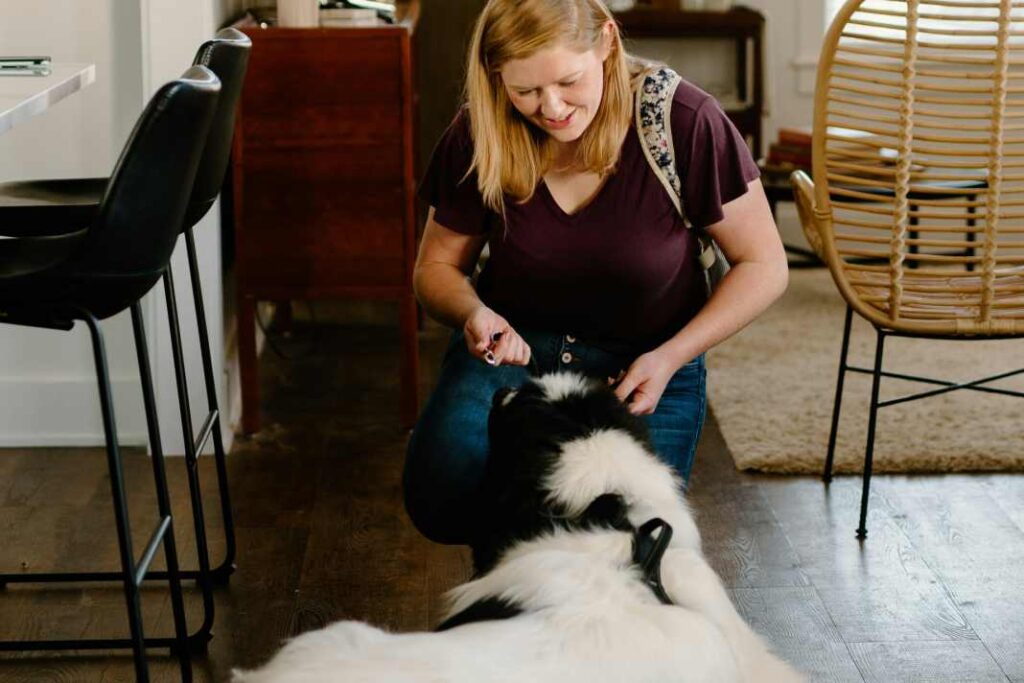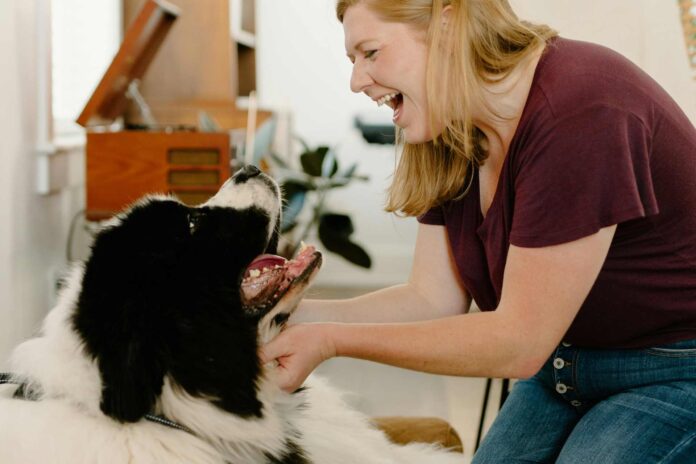In the quest for a well-behaved and happy canine companion, the approach you choose in training plays a pivotal role. “Unlocking Humane Dog Training Success: Why Positive Reinforcement Outshines Punishment” delves into the heart of humane dog training methods, setting the stage for an enlightening exploration of why positive reinforcement is not only the most effective but also the most compassionate strategy for teaching our furry friends.
Overview of Dog Training Methods
Humane dog training is essential for both companion and working dogs, as it plays a significant role in shaping their behavior and overall quality of life. When considering dog training methods, it’s crucial to understand that there is a spectrum of approaches available, from those that involve aversive stimuli to those that focus on positive reinforcement.
The use of aversive techniques in training can have detrimental effects on a dog’s well-being, emphasizing the need for humane and effective training strategies.
Research in the field of dog training continually explores the efficacy and efficiency of various training methods, highlighting the importance of evidence-based practices.
By investigating and comparing different approaches, experts aim to enhance our understanding of how dogs learn and respond to training, ultimately striving to improve the welfare and training outcomes of our canine companions.
Studies in this area not only contribute to the knowledge base of effective dog training but also provide valuable insights for dog owners and trainers seeking the best methods to train and communicate with their dogs.

Positive Reinforcement Techniques
Positive reinforcement techniques are fundamental in dog training as they involve rewarding desirable behaviors with treats, praise, or toys. This method is widely recognized as more effective and humane compared to punishment.
By utilizing positive reinforcement, dog owners can not only improve their pet’s behavior but also strengthen the bond with their furry companions by creating a positive and rewarding environment. For instance, when a dog sits on command, giving the dog a treat or verbal praise can reinforce this behavior positively, making the dog more likely to repeat the action in the future.
From mastering commands to polite leash manners, create a bond built on understanding and respect
Moreover, positive reinforcement methods are behavior-focused and aim to understand and modify behaviors without causing any harm to the dog. This approach emphasizes teaching dogs what to do rather than focusing on what not to do, promoting a constructive and respectful relationship between the owner and the pet.
For example, when a dog displays proper leash manners during a walk, praising the dog and offering a favorite toy can reinforce this behavior, making the dog more inclined to walk politely in the future.
Consistent reinforcement is key to ensuring that the learned behaviors are maintained over time, leading to long-lasting positive results in the dog’s behavior and obedience.
Punishment in Dog Training
Punishment in dog training, as opposed to positive reinforcement, employs aversive consequences to deter unwanted behaviors. For example, if a dog jumps on visitors, a trainer might use a spray bottle to squirt water towards the dog when it jumps.
This aims to make jumping an unpleasant experience, thus reducing the likelihood of the behavior occurring in the future. Despite its application, punishment can have detrimental effects on a dog’s well-being, as it may lead to fear, anxiety, and even aggression.
Using aversives like water sprays for jumping might work short-term but can cause fear or aggression
Furthermore, integrating humane punishment techniques into positive reinforcement training can be a beneficial approach. An instance of this is negative punishment, where a rewarding stimulus is taken away to discourage unwanted behavior.
For instance, if a dog starts barking excessively for attention, ignoring the dog can be a form of negative punishment. This method helps the dog understand that barking does not result in the desired outcome of attention, thereby reducing the behavior over time.
It’s crucial to acknowledge that while punishment techniques can yield immediate results in stopping unwanted actions, they may not necessarily address the underlying reasons for the behavior, unlike positive reinforcement methods that focus on promoting desired behaviors through rewards and positive associations.
Comparing Positive Reinforcement and Punishment
Positive reinforcement stands out as the preferred humane dog training method due to its effectiveness and humane nature. By rewarding desired behaviors with treats, praise, or toys, dogs are motivated to repeat those actions, fostering a positive learning environment.
For instance, when a dog sits on command and receives a treat immediately afterward, it associates sitting with a positive outcome, reinforcing the behavior. This approach not only teaches new behaviors but also strengthens the bond between the dog and its owner.
Rewarding good behavior with treats, praise, or toys motivates and creates a joyful learning space
On the other hand, punishment techniques, such as positive punishment, involve adding an undesirable consequence after an unwanted behavior occurs. An example of this is using a sharp noise to interrupt a dog from barking excessively. While this method can stop behaviors quickly, it does not address the root cause and may lead to negative repercussions like anxiety or fear in the dog.
This highlights the importance of choosing methods that not only correct behavior but also maintain the dog’s emotional well-being, making positive reinforcement a more favored approach in the training community.

Implementing Humane Dog Training
Implementing humane dog training techniques in dog training is a crucial aspect that influences the success of behavior modification. One common and effective approach is to combine positive reinforcement with negative punishment, as it has been shown to yield rapid results without causing harm to the dog.
For instance, when a dog exhibits a desirable behavior like sitting on command, rewarding them with a treat (positive reinforcement) and simultaneously ignoring them for jumping (negative punishment) can reinforce the desired behavior and discourage the undesired one. This method not only helps in shaping good behaviors but also aids in reducing unwanted actions in a gentle and effective manner.
Reward good behavior & gently discourage the bad, catering to breed-specific traits for tailored approaches
Moreover, the breed of the dog can play a significant role in how quickly they respond to training commands. For example, breeds like Border Collies are known for their intelligence and quick learning abilities, which can result in faster progress in training compared to other breeds.
Understanding the breed-specific characteristics and temperaments can help tailor the training approach to suit the individual dog, leading to more successful outcomes. By recognizing these breed differences, trainers can adjust their methods to be more effective and cater to the specific needs of each dog.
Remembering that consistency is key, applying these techniques consistently over time is essential for reinforcing positive behaviors and preventing regression in training progress.
Related Topics:
Transform Your Relationship: Proven Obedience Training Strategies for Dogs
Transform Your Dogs Behavior with The Online Dog Trainer: A Guide to Effective Training




